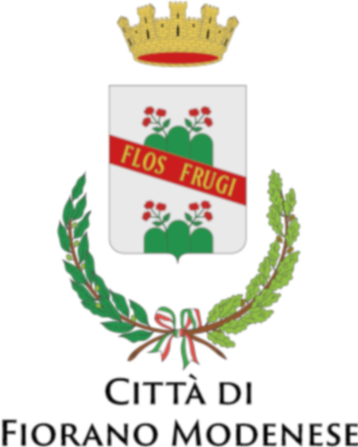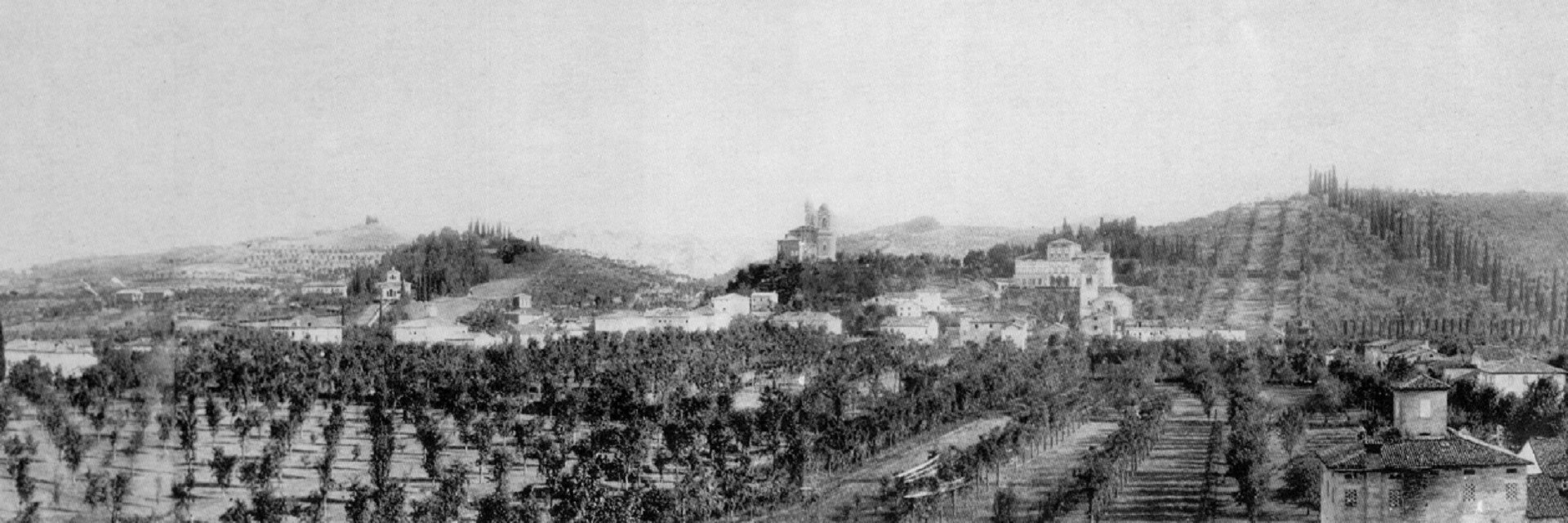The history of Fiorano dates back over seven thousand years ago, thousands of years before the Etruscans, Celts and obviously the Romans arrived. The first permanent inhabitants of the Modena area settled in the territory between Fiorano, Sassuolo and Prignano and gave rise to the Italian Neolithic culture that would become known as the 'culture of Fiorano'.
Large decorated ceramic pots, flagons, bowls and cups of high quality were produced in the Neolithic villages, such as the one found in Fornace Carani di Fiorano, the story of which is told at the Museum of Ceramics; they are testimony to the first technological steps towards what would become the modern day industrial tile district.
In the Middle Ages, the hill of Fiorano was home to the first fortified town, which then grew at the foot of the hill, in the foothills along the ancient Via Claudia; when the first fort was destroyed, the Sanctuary of the Blessed Virgin of the Castle was built on the ruins, dedicated to the historical miraculous fresco, The Virgin with Child, still an object of worship for the community of Fiorano.
" Fiorano is a beautiful site", wrote the governor of the House of Este, Count Paolo Brusantini, in 1603, referring to the attractive landscape, the fertility of the land where grapes and many other fruits grew, the Apennine hills with their villas and parks, alternating with the lunar landscape of the clay ravines.
A town renowned for its figs and also the grapes on the foothills, still present in the Salse di Nirano Nature Reserve, with its unmissable cold and salty mud deposits that bubble like miniature volcanoes.
In the 1960s, Fiorano Modenese become a major industrial hub and, together with the nearby towns, formed the Ceramics District, a leader in the production of ceramic tiles for the building industry and town planning.
The Ferrari test track, perhaps one of the most famous in the world, brings together Fiorano and Maranello under the sign of engines and ingenuity.

